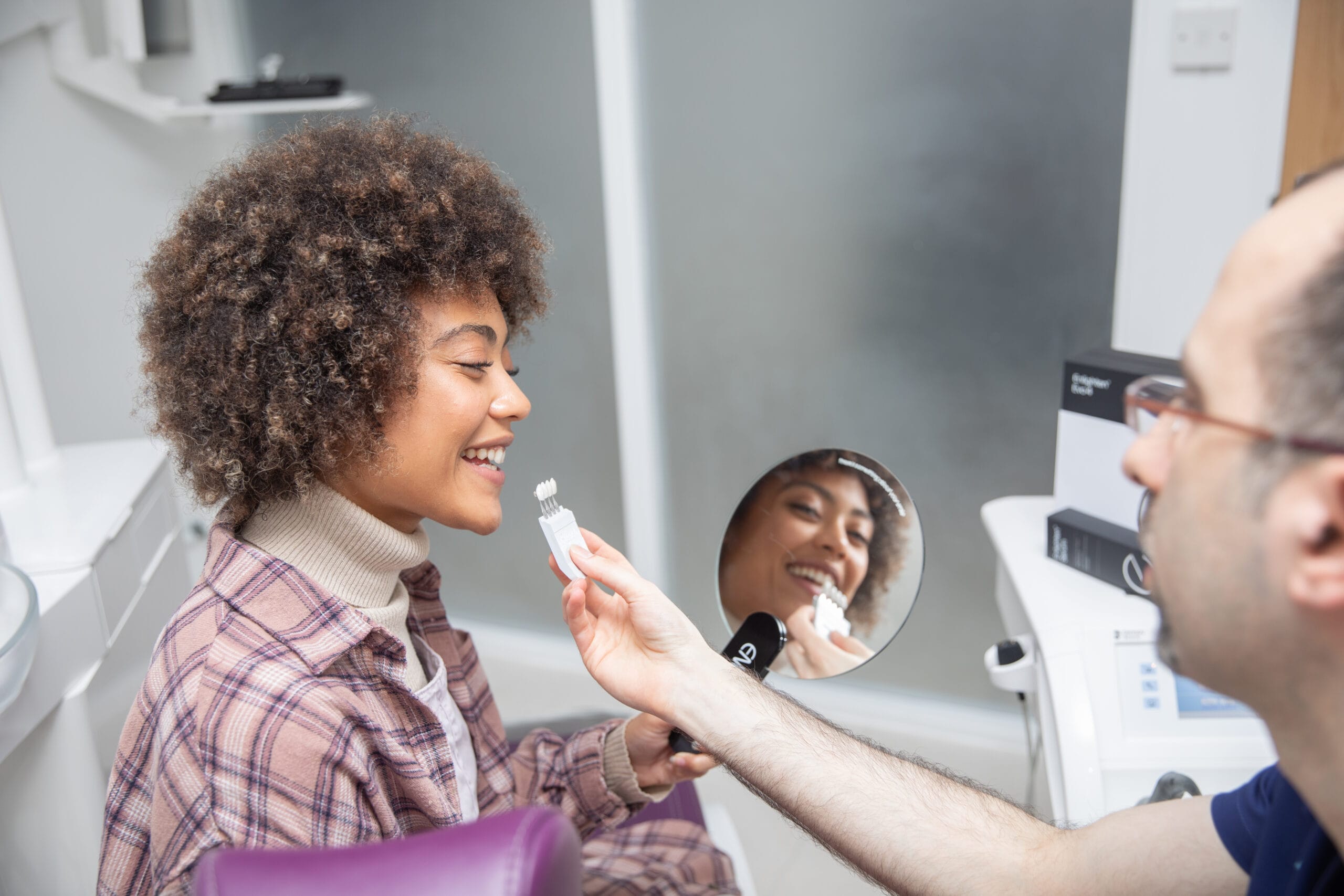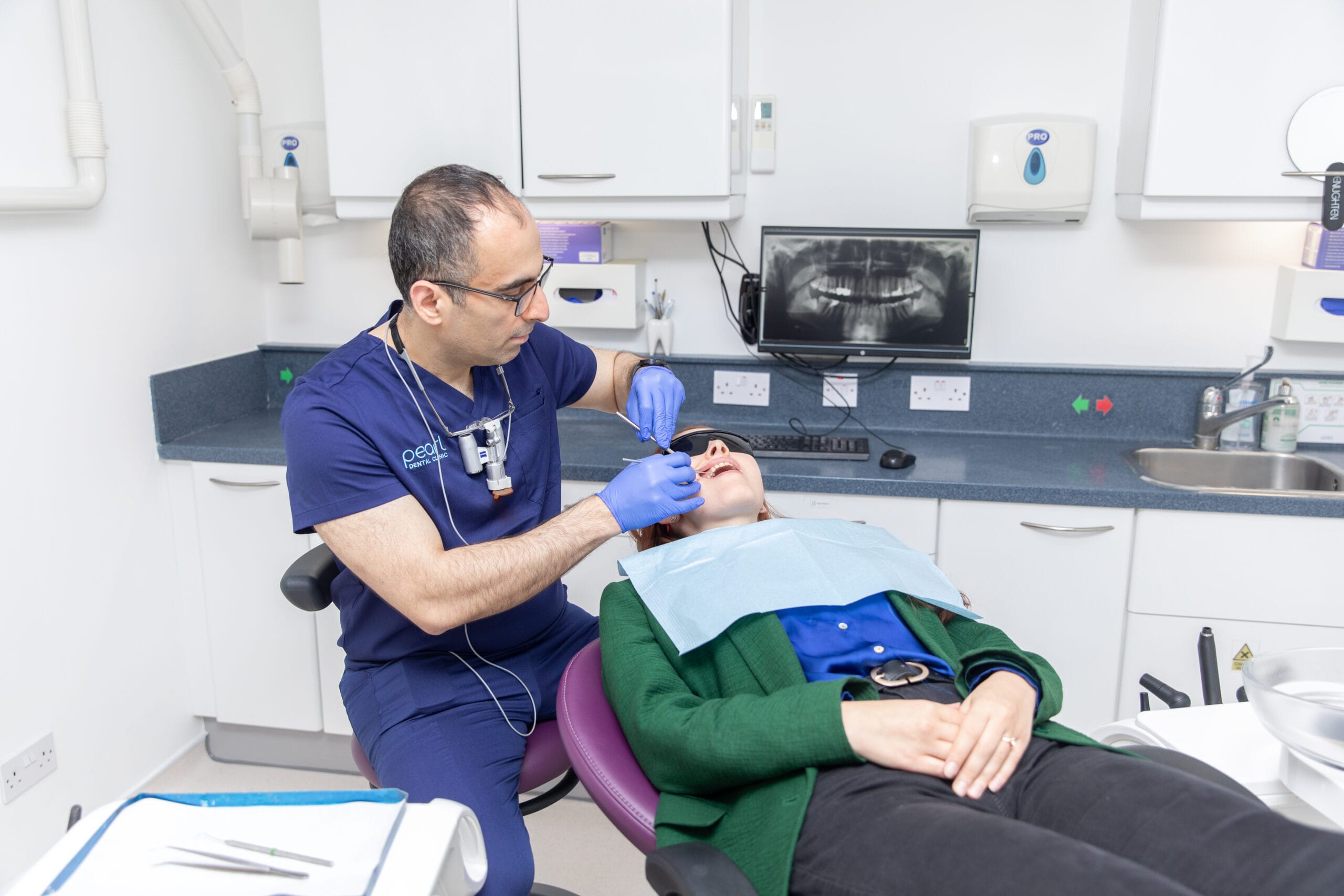What are the different types of porcelain veneers?
In terms of materials, there are two types of porcelain veneers. These are ‘feldspathic’ porcelain veneers and pressed porcelain veneers. Feldspathic veneers are made by a ceramist building up the porcelain in layers and curing it at a high temperature to produce the final result. Feldspathic veneers are not as strong as pressed Emax veneers. A higher veneer thickness is required to give feldspathic veneers the necessary strength, therefore more tooth drilling is needed.
Have some questions? Contact us!


